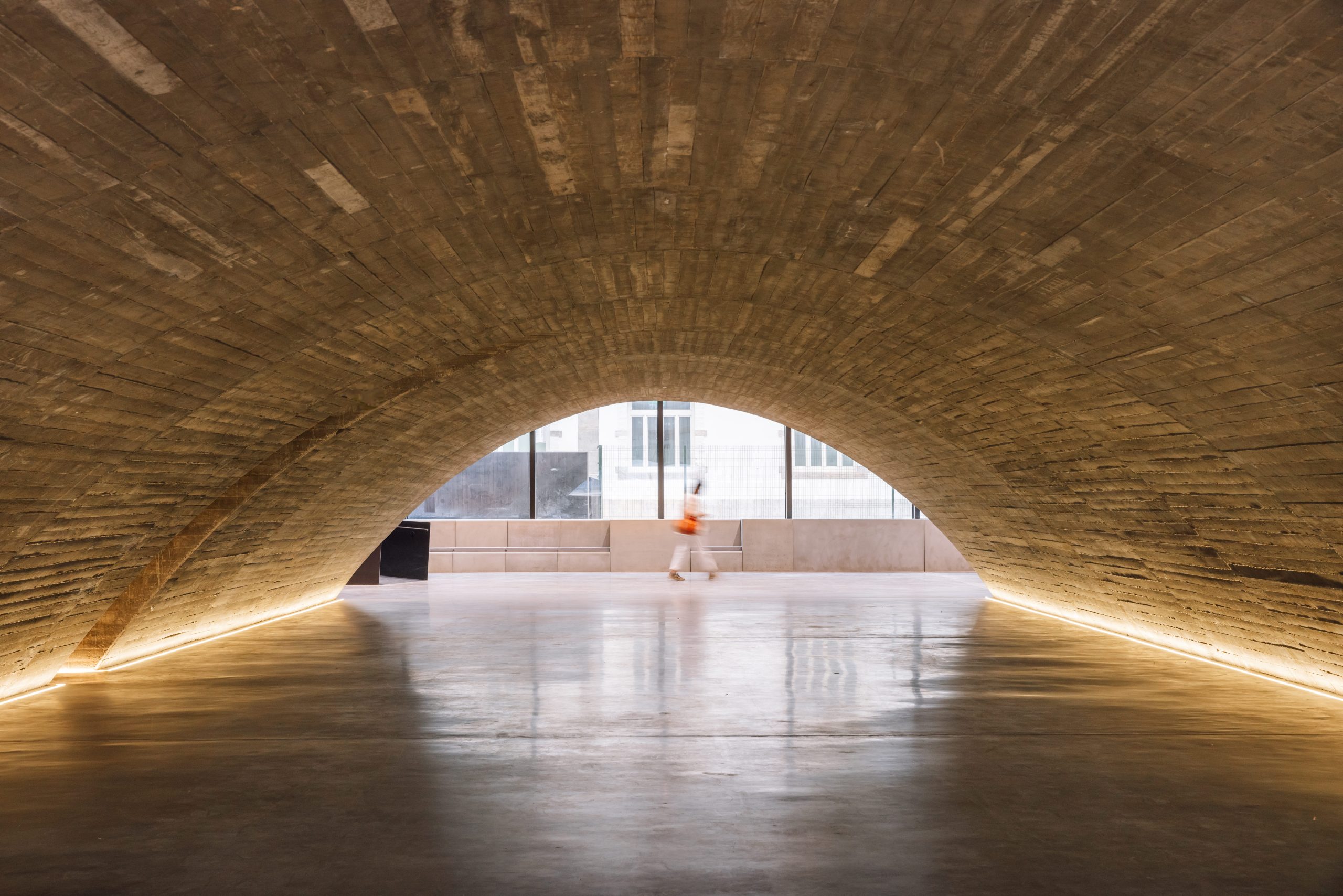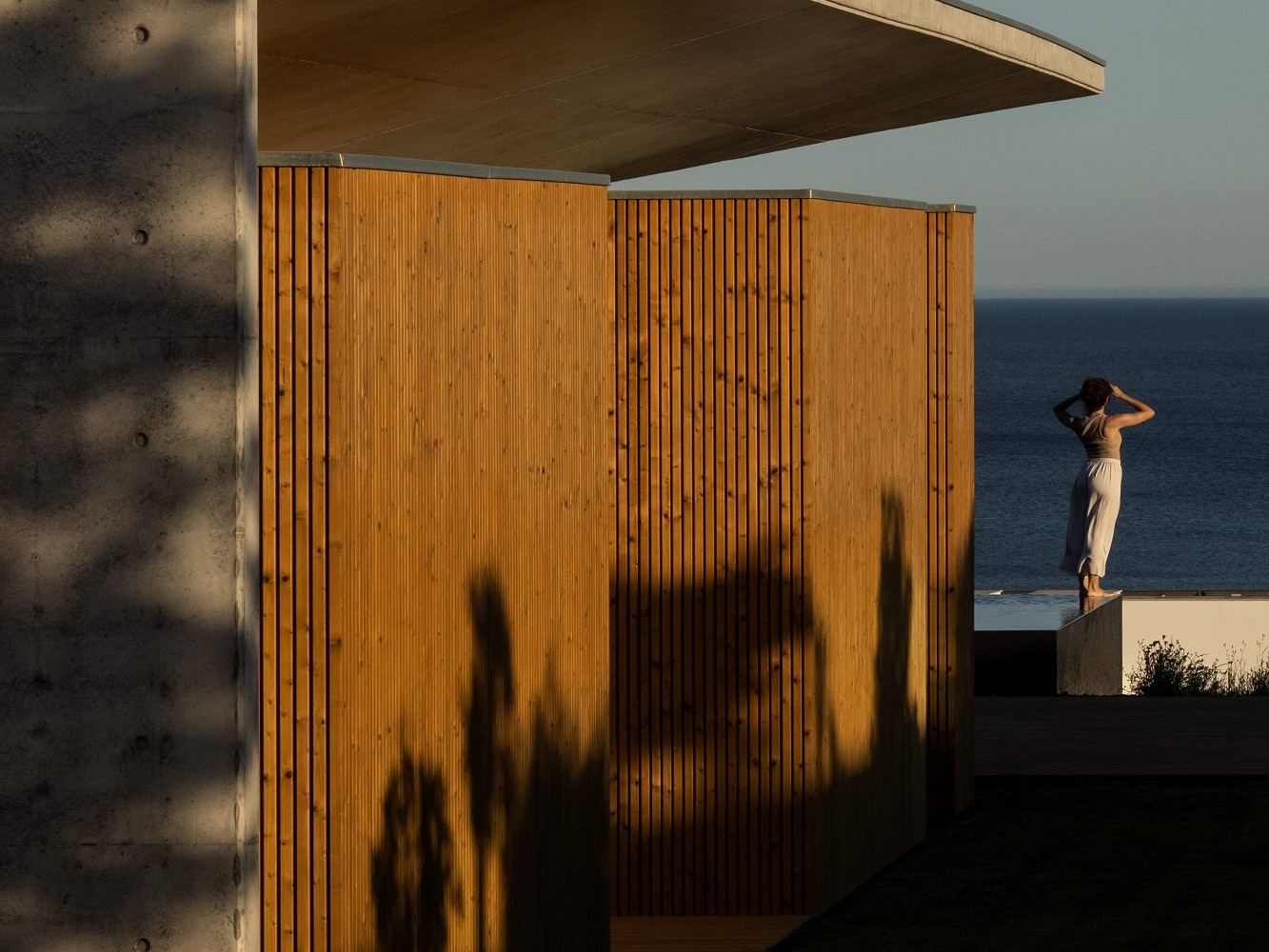In a world driven by precision and perfection, wabi-sabi invites us to pause. To see beauty not in flawlessness, but in the irregularities that make something real. Rooted in Japanese philosophy, wabi-sabi celebrates the impermanent, the incomplete, and the imperfect, qualities that mirror life itself.
In architecture, this approach changes how we experience space. Instead of aiming for symmetry or flawless finishes, wabi-sabi values materials that age, surfaces that evolve, and details that show the passage of time. A weathered wooden beam, a stone wall touched by sunlight, or the patina on metal—these are not flaws to hide but stories to tell.

House in Caniçada | Carvalho Araújo | © NUDO
Minimalism and wabi-sabi often intersect, yet they diverge in one crucial way: minimalism seeks purity; wabi-sabi seeks authenticity. Where one refines, the other accepts. Together, they create a dialogue between control and surrender, between the human hand and nature’s touch.
For architects, wabi-sabi gives them a framework to work with—a way of designing spaces that feel alive & evolving. It reminds us that architecture isn’t just a static thing: it breathes, it changes, it tells stories. The materials you use, like raw concrete, natural stone, and untreated wood, all have a story to tell. As they age, they gain a particular texture and depth, becoming even more honest over time.

EDP New Headquarters | ELEMENTAL | © Francisco Nogueira
1. Heydar Aliyev Center – Zaha Hadid
1. Heydar Aliyev Center – Zaha Hadid
At OTIIMA, this philosophy resonates deeply. Our systems don’t just aim for precision & performance, they also aim to find a balance with the environment around them. A sliding frame that disappears into the wall, a glass pane that reflects the changing light—those are little gestures that embody a balance between innovation and imperfection, technology & nature.

Libre House | Mário Martins Atelier | © Fernando Guerra | FG+SG
Wabi-sabi reminds us that beauty is not found in what lasts forever, but in what gracefully fades. In architecture, this awareness creates spaces that invite contemplation and feel human.
In the end, imperfection is not a flaw to be corrected, but a truth to be embraced. And in that truth lies a timeless kind of beauty.
